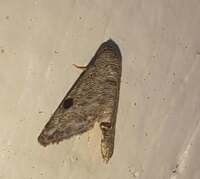
| Recorded by: Allison Garton on 2025-08-29
Moore Co.
Comment: | 
| Recorded by: Allison Garton on 2025-08-29
Moore Co.
Comment: |
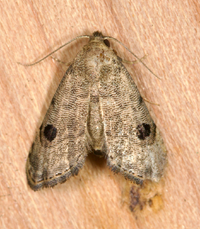
| Recorded by: Jim Petranka, Mark Basinger and Becky Elkin on 2025-08-02
Richmond Co.
Comment: | 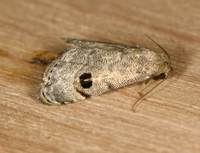
| Recorded by: Jim Petranka, Mark Basinger and Becky Elkin on 2025-08-02
Richmond Co.
Comment: |
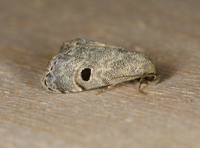
| Recorded by: Jim Petranka, Mark Basinger and Becky Elkin on 2025-08-02
Richmond Co.
Comment: | 
| Recorded by: Mark Basinger on 2025-07-22
Brunswick Co.
Comment: |

| Recorded by: Jeff Niznik, David George, Rob Van Epps, Kevin Metcalf on 2025-07-20
Richmond Co.
Comment: | 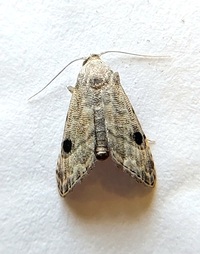
| Recorded by: Mark Basinger on 2025-06-01
Brunswick Co.
Comment: |

| Recorded by: Mark Basinger on 2025-06-01
Brunswick Co.
Comment: | 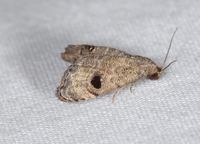
| Recorded by: Jim Petranka and Becky Elkin, David George, Jeff Niznik on 2025-05-24
Richmond Co.
Comment: |

| Recorded by: Jim Petranka and Becky Elkin, David George, Jeff Niznik on 2025-05-24
Richmond Co.
Comment: | 
| Recorded by: David George, Jeff Niznik on 2025-05-24
Richmond Co.
Comment: |

| Recorded by: David George, Jeff Niznik on 2025-05-24
Richmond Co.
Comment: | 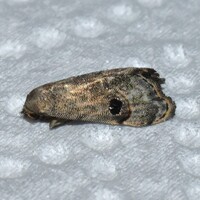
| Recorded by: David George, Jeff Niznik on 2025-05-09
Cumberland Co.
Comment: |
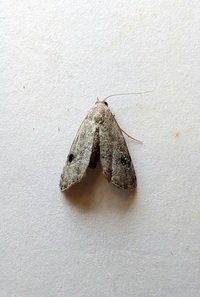
| Recorded by: Mark Basinger on 2024-08-17
Brunswick Co.
Comment: | 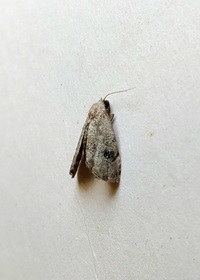
| Recorded by: Mark Basinger on 2024-08-17
Brunswick Co.
Comment: |

| Recorded by: R. Newman on 2024-05-29
Carteret Co.
Comment: | 
| Recorded by: R. Newman on 2024-05-21
Carteret Co.
Comment: |

| Recorded by: David George, Stephen Dunn, Jeff Niznik on 2023-06-03
Orange Co.
Comment: | 
| Recorded by: R. Newman on 2023-05-22
Carteret Co.
Comment: |
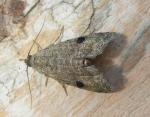
| Recorded by: R. Newman on 2022-08-25
Carteret Co.
Comment: | 
| Recorded by: Jeff Niznik on 2022-08-18
Chatham Co.
Comment: |
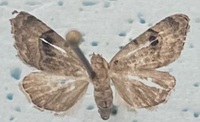
| Recorded by: Darryl Willis on 2022-06-09
Cabarrus Co.
Comment: | 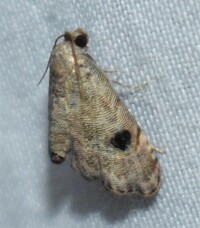
| Recorded by: Jeff Niznik on 2022-05-29
Chatham Co.
Comment: |

| Recorded by: Morgan Freese on 2022-05-27
New Hanover Co.
Comment: | 
| Recorded by: David L. Heavner on 2021-08-22
Chatham Co.
Comment: |
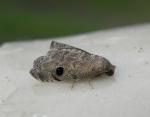
| Recorded by: R. Newman on 2021-07-29
Carteret Co.
Comment: | 
| Recorded by: Mark Shields on 2020-11-05
Onslow Co.
Comment: |

| Recorded by: Darryl Willis on 2020-08-12
Cabarrus Co.
Comment: | 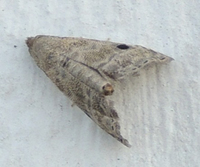
| Recorded by: Britta Muiznieks on 2013-09-05
Dare Co.
Comment: |
|

 »
»




















